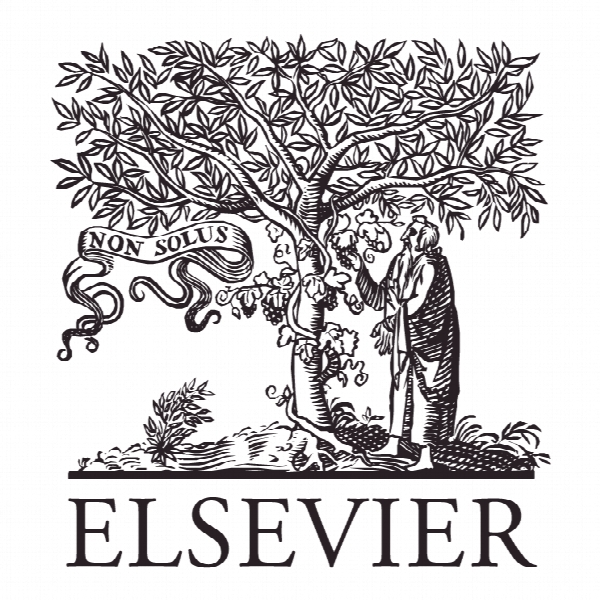ارتقای فناوری شرکت های کوچک و متوسط (SME) با استفاده از یک استراتژی استقرار نیروی انسانی – مطالعه ترکیبی از برنامه T-Up سنگاپور Technology upgrading of Small-and-Medium-sized Enterprises (SMEs) through a manpower secondment strategy – A mixed-methods study of Singapore’s T-Up program
- نوع فایل : کتاب
- زبان : انگلیسی
- ناشر : Elsevier
- چاپ و سال / کشور: 2017
توضیحات
رشته های مرتبط مهندسی صنایع
گرایش های مرتبط تکنولوژی صنعتی
مجله تکنولوژی – Technovation
دانشگاه مرکز کارآفرینی، ملی سنگاپور
نشریه نشریه الزویر
گرایش های مرتبط تکنولوژی صنعتی
مجله تکنولوژی – Technovation
دانشگاه مرکز کارآفرینی، ملی سنگاپور
نشریه نشریه الزویر
Description
1. Introduction One key challenge faced by Newly Industrialized Economies (NIEs) is the evolution of an appropriate strategy to sustain longterm economic growth. Singapore’s economic prosperity in the last four decades is attributed to her success in transitioning from a growth strategy reliant on sourcing technology from foreign Multi-National Companies (MNCs) to one that is more balanced with increasing emphasis on indigenous innovation capability (Wong and Singh, 2008). In January 2003, the Singapore government launched a multi-agency initiative named “Growing Enterprises with Technology Upgrade” or in short “GET-Up”, to stimulate technology transfer from public to private sector, so as to nurture indigenous innovations in local industry. Concerted effort was from four government agencies, i.e. Agency for Science, Technology And Research (A*STAR), Economic Development Board (EDB), Standards, Productivity & Innovation Board Singapore (SPRING) and International Enterprise (IE) Singapore. The initiative is a new integrated approach that utilizes skills and human resource transfer, supplemented by a practical technology roadmapping programme, and provision of technical advisors when needed to assist the technology upgrading of small and medium enterprises. As a provider of information, government disseminates an array of scientific knowledge through government owned laboratories, technical publications, journals and computer based services (Spann et al., 1995). Following the US government in taking a cooperative technology paradigm, many governments made legislative changes so that universities and government laboratories can play a stronger role in developing technology for use in the private sector (Bozeman, 2000). Technology transfer offices were established in most research offices and universities (Siegel and Phan, 2005). The last decade witnessed an increased number of studies pertaining to university-industry technology transfer (see Bozeman (2000) and Teixeiria and Mota (2012)). But there is scarce literature about technology transfer between public research institutes and private sector. Although public research institutes and universities share important features, the two differ on various perspectives. For example, public research institutes are closer to industrial technology development and have lesser focus on basic research unlike universities. Moreover, interdisciplinary versities. Thus, technology transfer from research institutes could be less constraining than that from universities, which warrants careful examination and our study addresses this important gap. Second, most of the studies on technology transfer focus on established firms (incumbents or R&D intensive firms). Even the majority of the Open Innovation (OI) literature that examines how firms use both internal and external ideas to advance their technology have focused primarily on MNCs (e.g. Mortara and Minshall, 2011). It is only recently that OI researchers began to study open innovation activities in SMEs (Van de Vrande et al., 2009; Lee, et al., 2010; Minshall et al., 2013). Our study on GET-Up has a special focus on how SMEs source technology from public research institutes, which is an important addition to not only the technology transfer literature, but also the open innovation literature. As GET-Up’s primary focus is movement of scientists and engineers, the centrepiece of the scheme is T-Up – a researcher secondment program through which SMEs can access the sizeable pool of high-quality and experienced researchers at the well-established public research institutes. Secondment here refers to the research staff of a public research institute being “loaned” to work on a full-time basis in an SME for up to two years; the secondee’s salary will be paid mainly by a government grant and only partially by the SME; on completion, the secondee will return to the public research institute unless he/she is retained by the SME on mutual agreement. In this paper, we present a mixed-methods study of T-Up as an innovative approach to transfer public sector knowledge and intellectual properties to industry, and we also show that it is an effective mode for SMEs to source technologies from external parties (Chesbrough et al., 2006; Bozeman, 2000).


